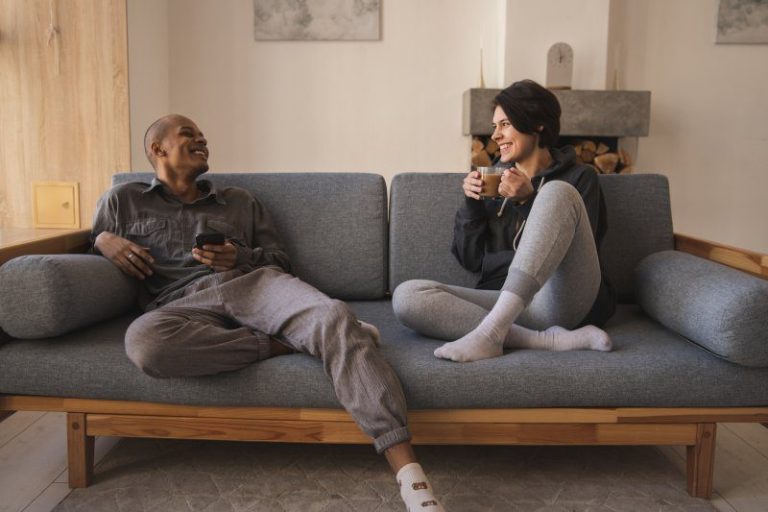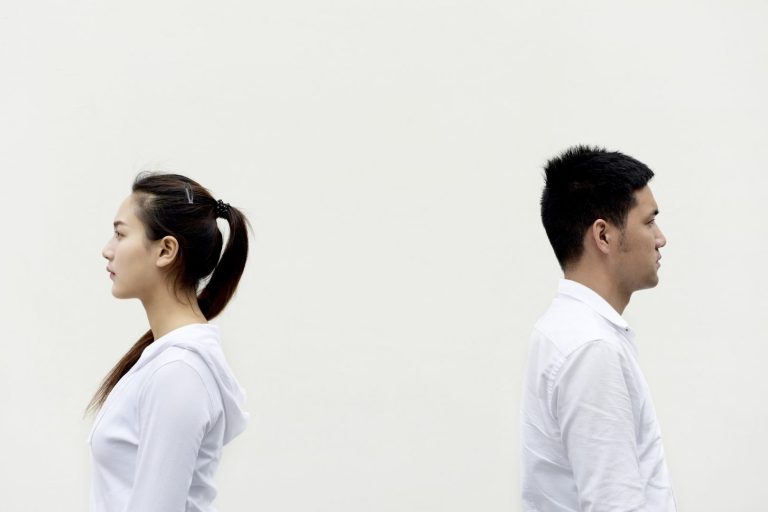What happens in Couples’ Therapy? A Gestalt Therapy Perspective.
Couples tend to consider therapy together after being repeatedly faced with the same issues which are proving to be extremely challenging to resolve, or feel as though they ran out of options, so they seek out the therapist to present these issues to, and get a professional’s input.
A Gestalt approach to Couples’ Therapy requires the joint effort of both individuals in the couple and the therapist to explore issues collaboratively. The following are some aspects of therapy to give you a better idea of this delicate and beautiful process (Schulz, 2018).
- When the couple starts therapy, they are both entering into another relationship with the therapist. It is essential for the couple and therapist to establish a safe and trusting relationship. Along the way, each partner’s support systems may be explored to see what kind of ground each individual stands on.
- Every individual has their own complex way of being in the world, due to influences from their childhood, race, gender, and education among many others. So two people with their complex selves have created the couple-unit, with its own context and history. Within the couple unit, a narrative has been created which includes each individual’s role or ‘way of being’ in the relationship. The Gestalt therapist intends to help bring parts of the relationship into awareness for the couple to see how they are more clearly. From there, the couple and therapist can explore what comes next naturally with that new awareness. For example, it may become evident that one partner does not feel like their voice is important or being heard and so they are often quiet. This awareness will get the ball rolling for the couple to start adjusting themselves accordingly.
- Whatever happens during therapy is a result of the couple’s attitude towards the therapeutic situation, even if this hasn’t been said out loud. For example, if one partner’s attitude favours getting the therapist to be on their ‘side’, this will inevitably influence the therapeutic process. If anyone’s intention remains to ‘win the argument’ or to be right, rather than to understand each other, working together will be that much harder.
- When individuals in a couple meet in conversation, while being brave enough to be vulnerable in front of each other, rather than trying to change one another, then more effective communication is possible. For partners experiencing high stress levels, this is extremely challenging, especially after a long period of hurtful fights and not feeling cared for by the other. This means they would not be ready to meet or be vulnerable with each other when they begin the therapeutic process. Thus, therapy would start by accepting how things are in the relationship at that moment and acknowledging what is. The therapist values each partner’s subjective experience and works towards the couple’s perspectives to ‘make sense together’ (Staemmler, 2009). While this process inspires individuals to appreciate the differences between themselves and their partners, it also serves as a model of cooperation in communication.
- Change can happen when every partner’s perspective is understood and respected.
Amber Tabone practices Gestalt Psychotherapy with individuals and couples at Willingness. While currently reading for a Master’s in Psychotherapy, she has developed an interest in working with relationships, gender, and sexuality thanks to her experience with families and domestic violence issues.
References:
Schulz, F. (2018). Gestalt Couples Therapy. British Gestalt Journal. Retrieved 8 16, 2020, from https://www.academia.edu/38238942/Gestalt_Couples_Therapy?email_work_card=minimal-title
Staemmler, F-M. (2009). Aggression, time, and understanding: Contributions to the evolution of gestalt therapy. Santa Cruz,CA: GestaltPress.






